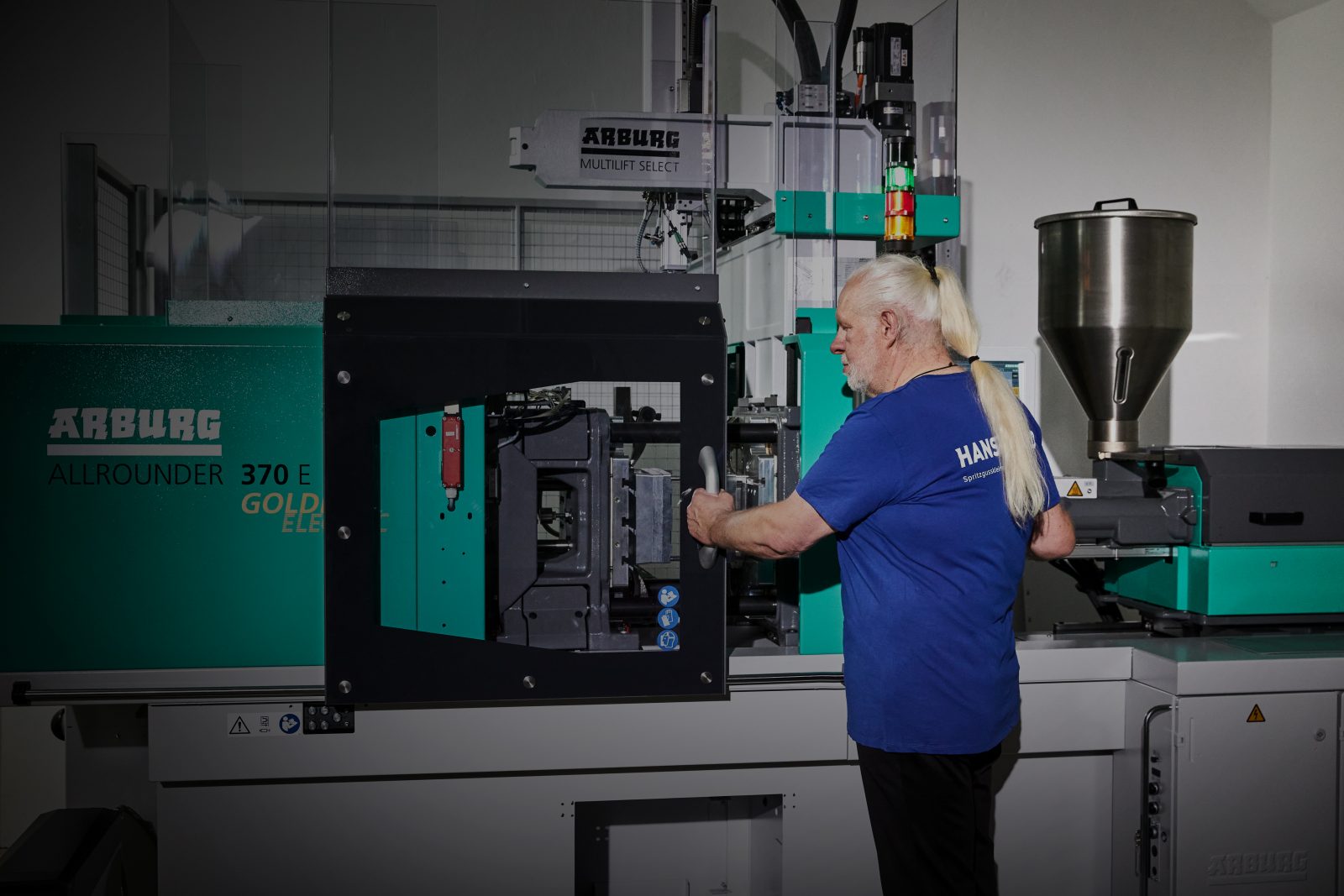What exactly is Plastic injection moulding?
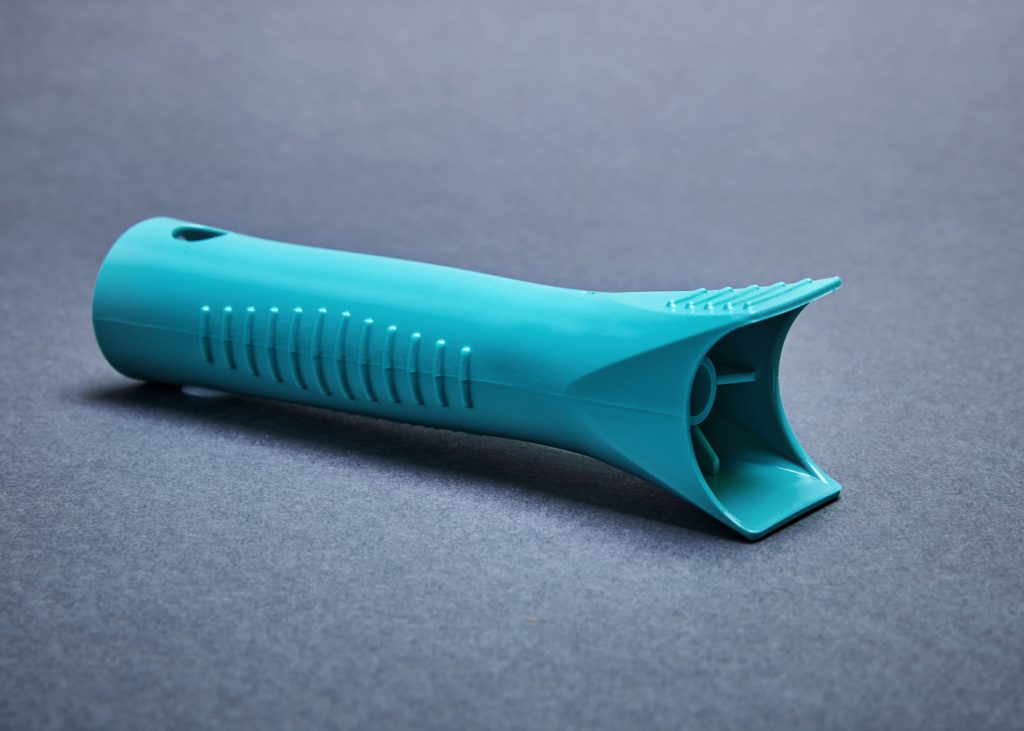
Injection moulding is a widely used process in the plastic industry. This process is characterized by its precision and repeatability, allowing for the production of identical parts in large quantities. Due to its efficiency, injection moulding is particularly suitable for mass production of components in industries such as automotive, medical technology, and electronics. Injection moulding also offers a wide selection of materials, enabling the use of various plastics for specific requirements.
It is an environmentally friendly process as it minimizes waste and efficiently utilizes energy. Overall, injection moulding is an essential method for producing high-quality plastic products in many fields.
Advantages of Injection Moulding
Injection moulding offers numerous advantages, such as high precision, repeatability, efficient mass production, and a versatile choice of materials.
Efficient Mass Production
With injection moulding, we can produce large quantities in a short time, reducing your production costs and ensuring on-time delivery of your orders.
Injection Moulding - Precision in Detail
The injection moulding process enables the production of highly precise plastic parts. The molds are carefully designed to replicate every detail accurately.
Sustainability in Injection Moulding
Our environmentally friendly approach to injection moulding minimizes waste and energy consumption, contributing to reducing environmental impact.
Application of Injection Moulding
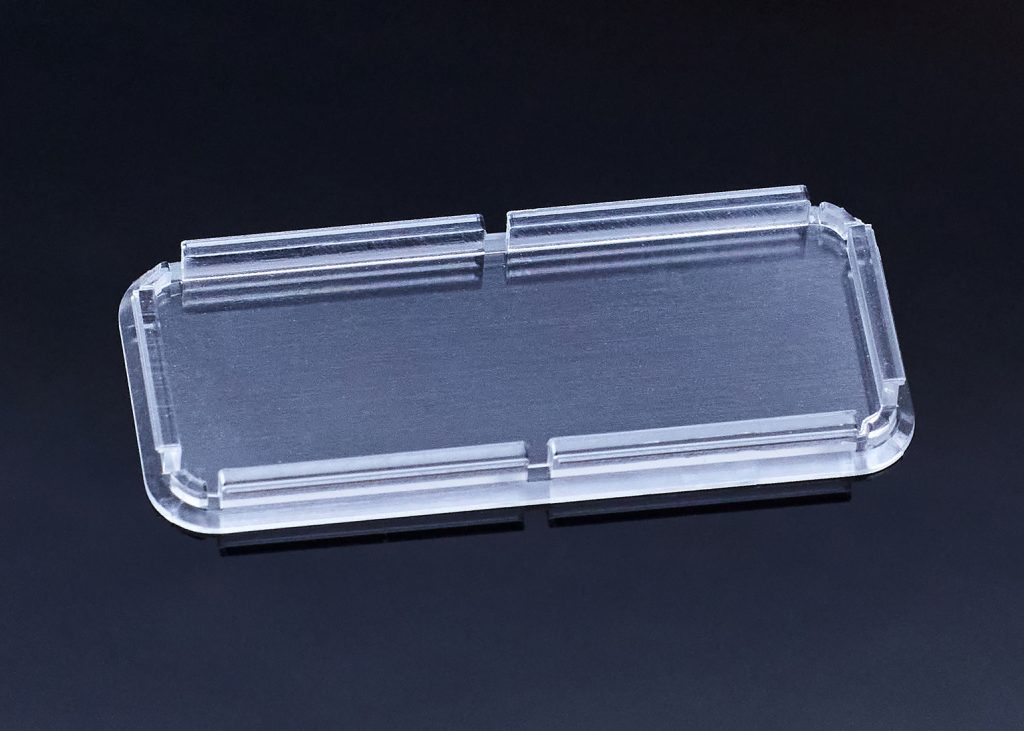
Injection moulding finds widespread application in various industries and is essential for producing high-quality plastic parts. In the automotive industry, plastic parts for vehicles are manufactured, while the medical technology field uses injection moulding for sterile disposable products.
In electronics manufacturing, housings and components are produced, and the consumer goods sector also relies on injection moulded parts for products such as toys and household appliances. Even in the aerospace industry, injection moulding is used for lightweight, precision parts.
The versatility of the process demonstrates its critical importance to modern manufacturing industries.
Hansemold – Your Partner for Plastic Injection Moulding Solutions
At Hansemold, we understand that quality and precision are paramount in injection moulding. With our experience and industry expertise, we have earned a reputation as a trusted partner for tailored plastic solutions.
Our services are based on proven techniques and innovative approaches. We leverage cutting-edge technology to ensure that your requirements are met, whether in the automotive, medical technology, electronics, or consumer goods sectors.
We take pride in offering efficient and sustainable injection moulding solutions that adhere to the highest quality standards. Get to know our services better and discover how Hansemold can turn your visions into reality. We look forward to collaborating with you and leading your project to success.
-
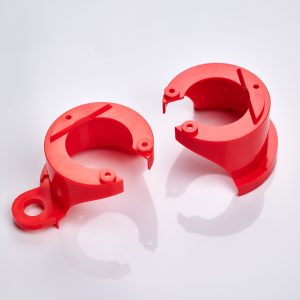
Low Volume
Is your need for parts not high enough to justify commissioning a production tool? Or do you have a new product that you want to bring to the market without significant waiting time?
→ -
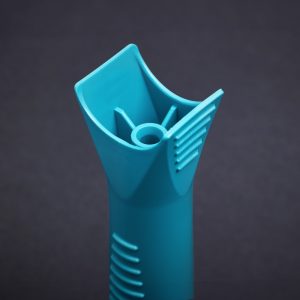
Prototypes
With our prototyping process, we can quickly produce high-quality plastic parts using injection molding from production-grade materials. This allows you to evaluate your prototype without the need for an expensive production tool.
→ -
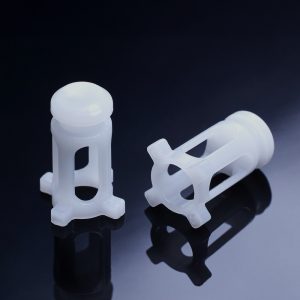
Micro Moulding
Micro-injection moulding, also known as Micro Moulding, is gaining significant importance, especially in the medical technology and automotive sectors. Here, the highest precision is required for parts with minimal dimensions in the millimeter range. Unlike traditional injection-moulded parts, these molds are typically assembled under a magnifying glass with the help of tweezers.
→ -
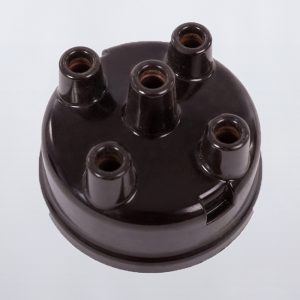
Insert Moulding
The so-called insert moulding technique involves placing insert parts such as threaded bushings, conductive traces, shafts, magnets, etc., into the mould and then overmoulding them with plastic. The process of inserting opens up intriguing technical possibilities for various applications.
→
Would you like to receive a quote from us?
We look forward to your inquiry!
The World of Injection MoUlding: A Comprehensive Overview
Injection moulding is a central technique in plastic processing that enables the production of highly precise and complex plastic parts. In this article, we will delve into this process in detail, explain its fundamentals, and discuss the advantages and economic considerations when manufacturing injection-moulded parts.
Injection Moulding in Detail
What exactly is the injection moulding process?
The injection moulding process is a highly advanced technique in which a thermoplastic material, specifically plastic granules, is injected into a precisely designed mould under high pressure and temperature. This material melts and plasticizes before being injected into the injection mould tool. Inside the mold, it cools down, solidifies, and takes the shape of the tool. Once the plastic has cooled and hardened sufficiently, the finished part is removed from the mold.
The mould into which the plastic is injected determines the final shape and surface structure of the manufactured component. This makes injection molding an extremely precise process suitable for a wide range of applications.
COSTS AND EXPENSES FOR INJECTION-MOuLDED PARTS
Economy and Efficiency in Injection Moulding
Modern technologies and advanced manufacturing techniques have made it possible to produce high-quality injection-molded parts in mass production in a short amount of time. This means that even for small quantities, economically manufacturing injection-moulded parts is feasible.
An important aspect is the use of modern CAD/CAM systems and Rapid Tooling methods. These technologies enable the rapid and cost-effective production of injection mould tools made of high-strength aluminum. Compared to steel tools, aluminum tools offer the advantage of being lighter, faster, and more cost-effective to manufacture. This makes injection molding competitive and easily achievable even for small and medium batch sizes.
Summary:
In this article, we have taken a detailed look at the injection moulding process. This process allows for the production of highly precise plastic parts by injecting molten plastic into precisely designed moulds. The use of state-of-the-art technologies and materials has significantly improved the cost-effectiveness of injection moulding, making it an attractive option for businesses of all sizes.
Whether you need complex components for the automotive industry, medical technology, or other sectors, the injection moulding process offers the precision and efficiency you require. And at Hansemold, we take pride in offering tailored solutions for your injection molding needs. Contact us today to learn more about our services and expertise. We look forward to leading your projects to success.
